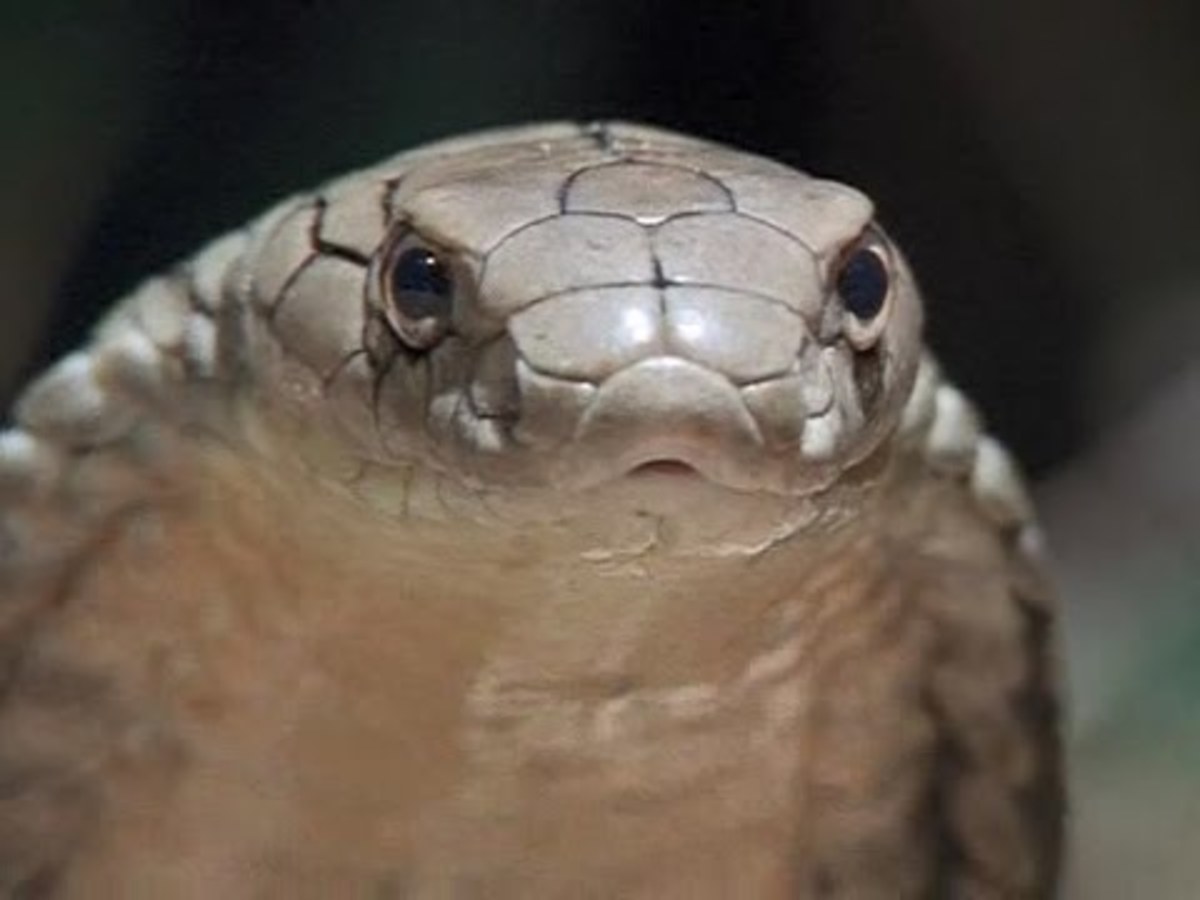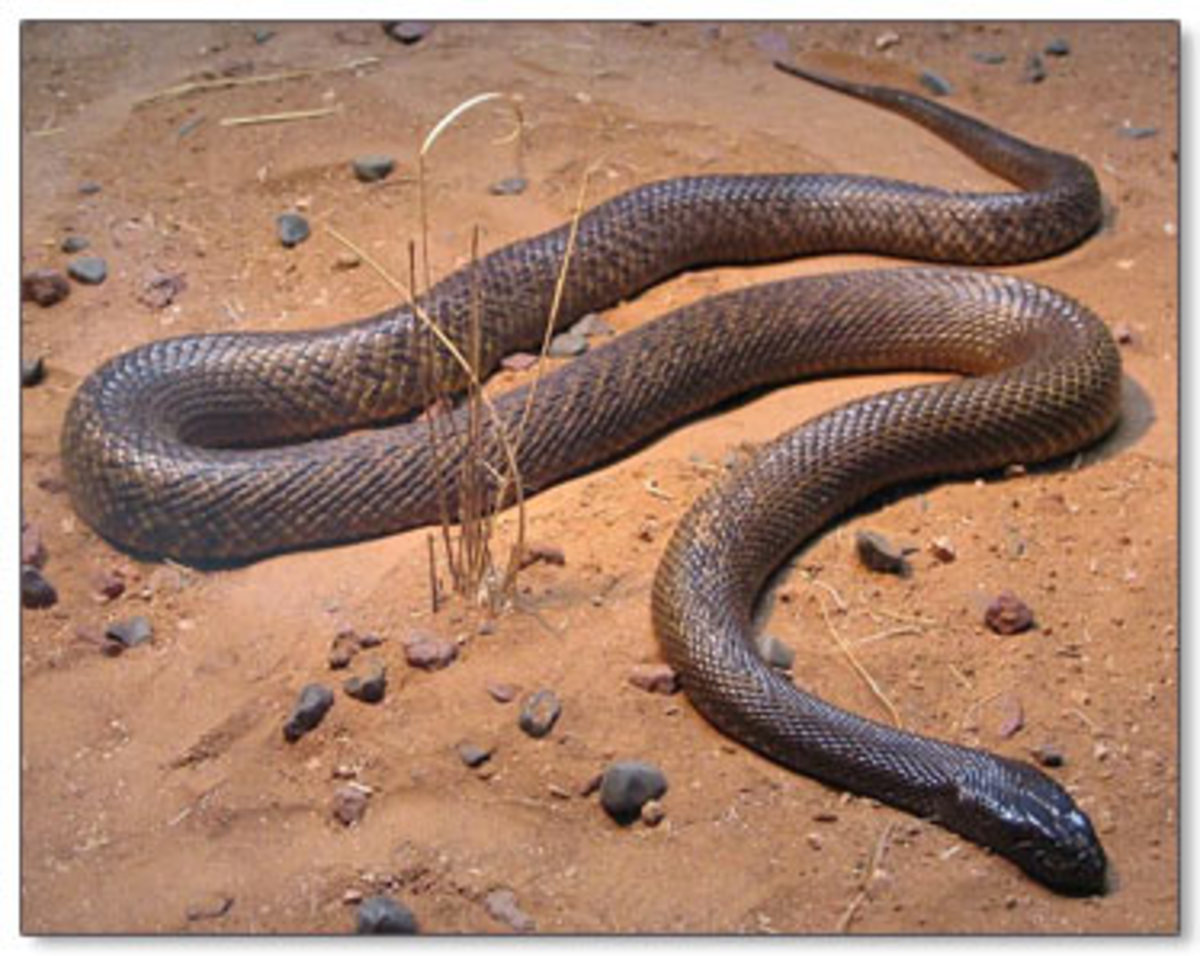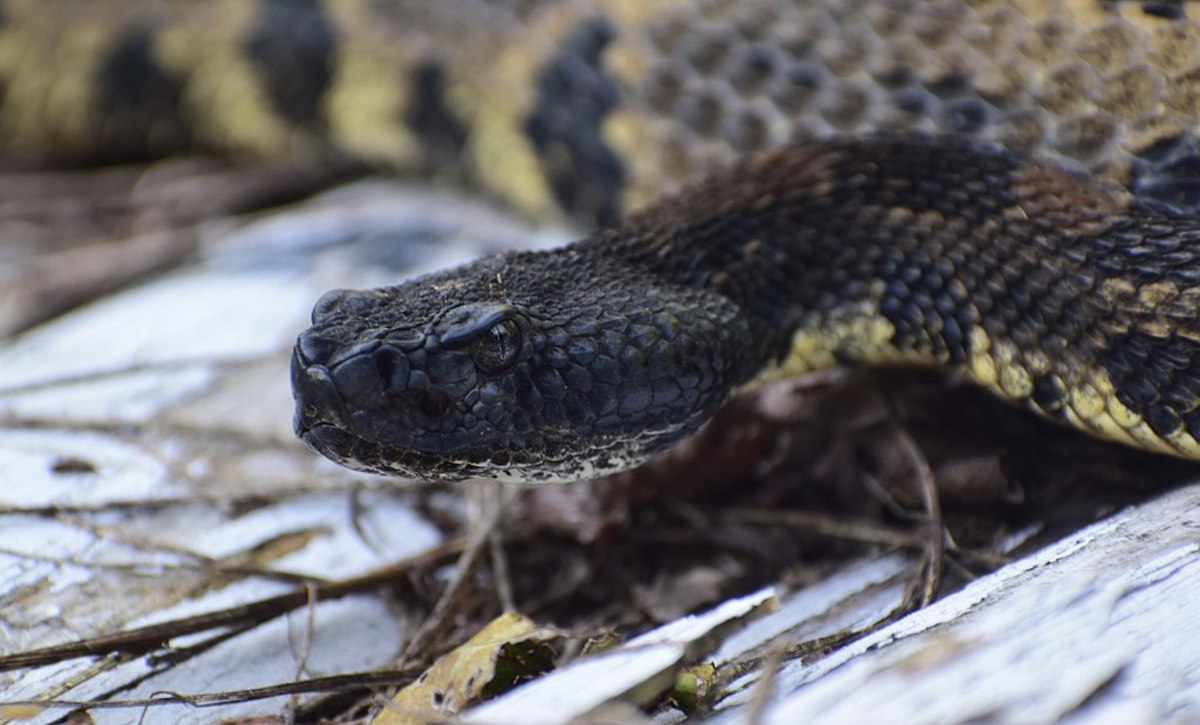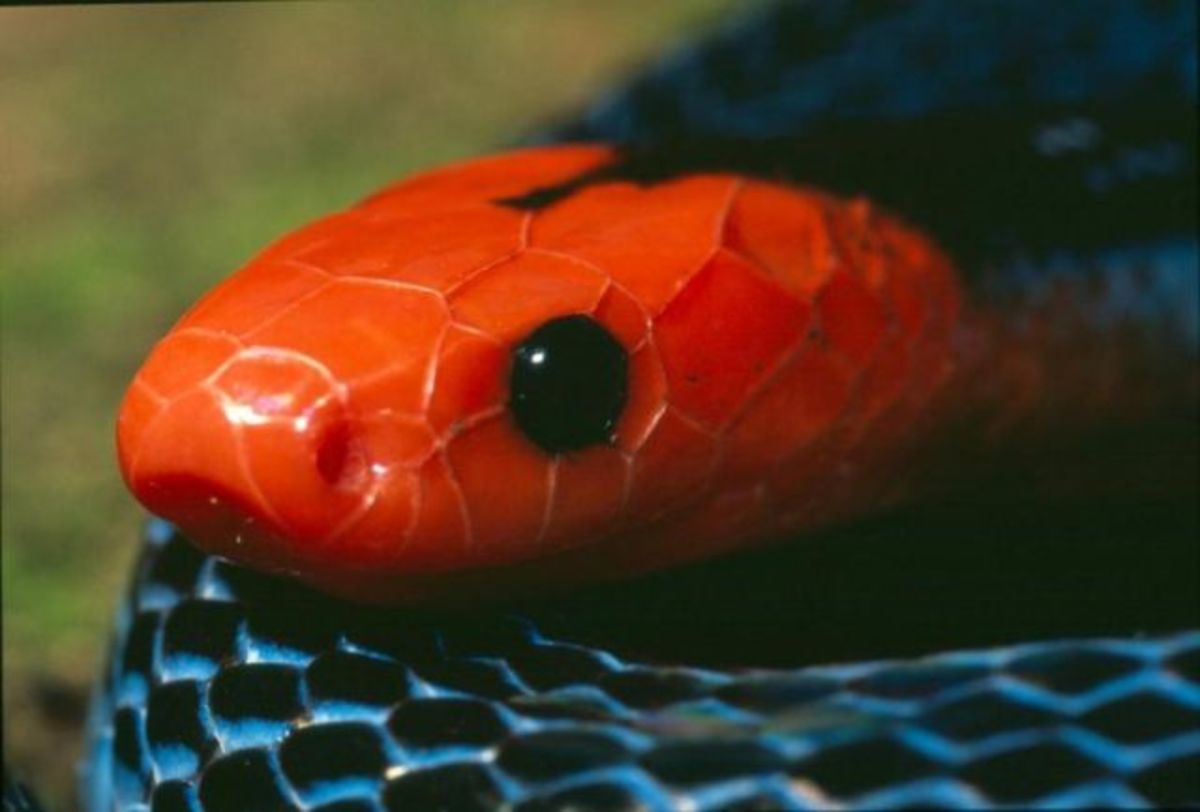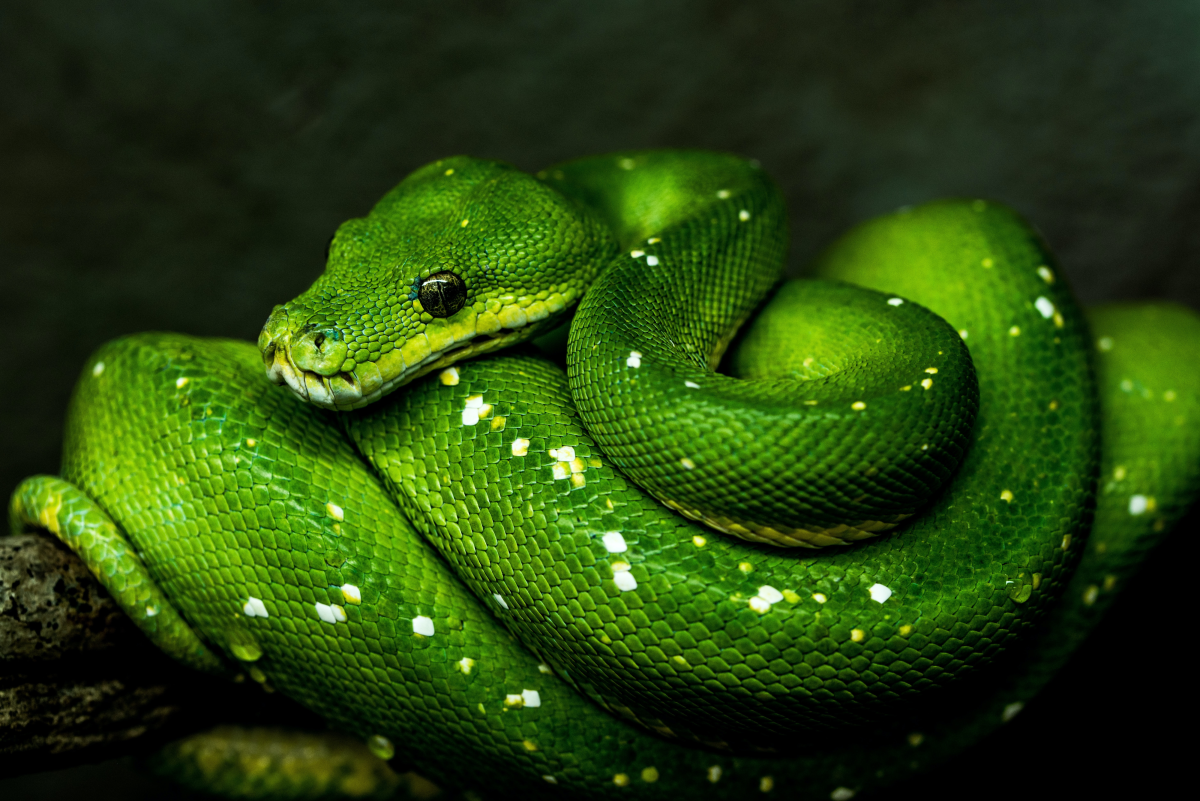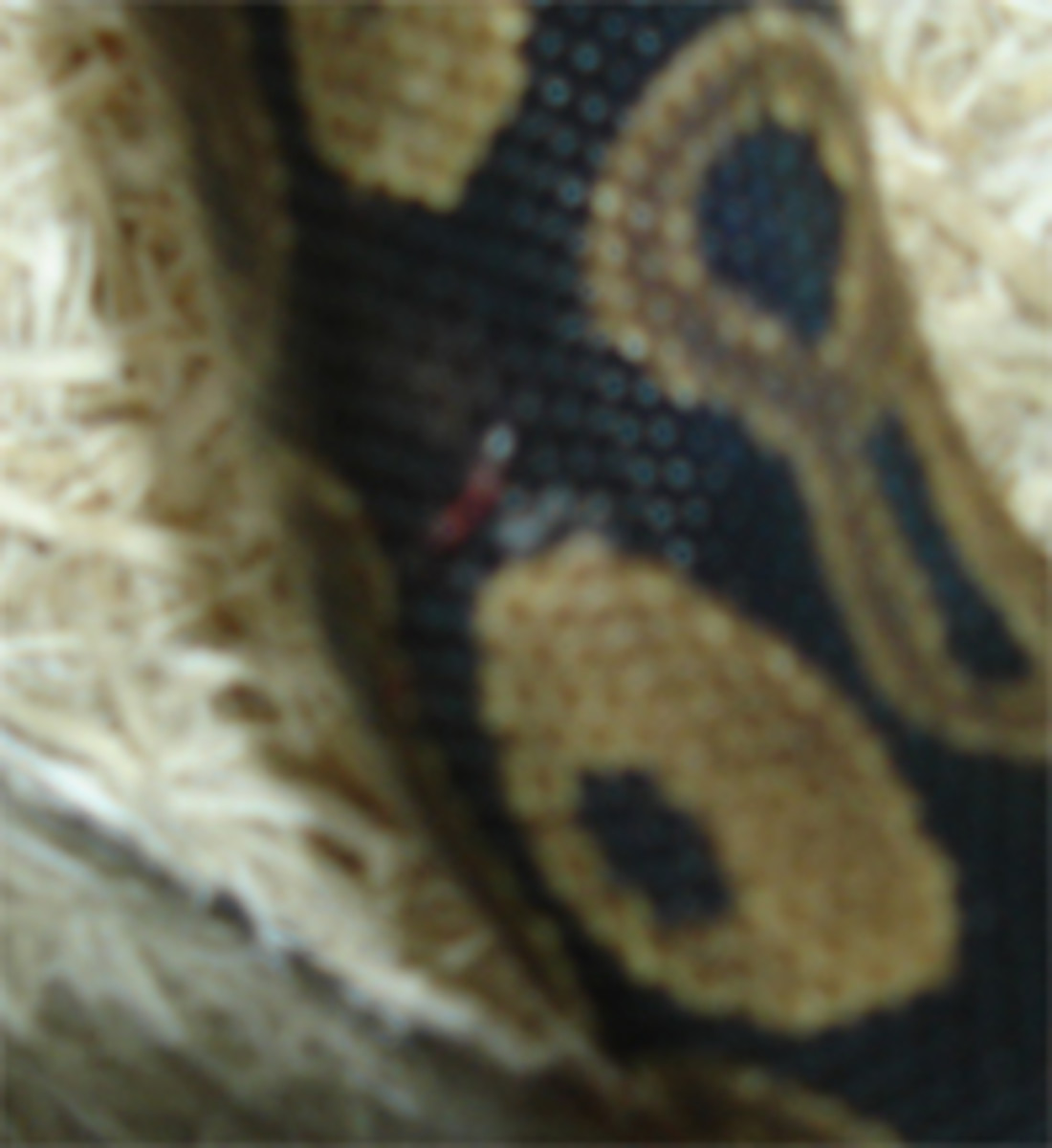The Only Good Snake is a WHAT?!
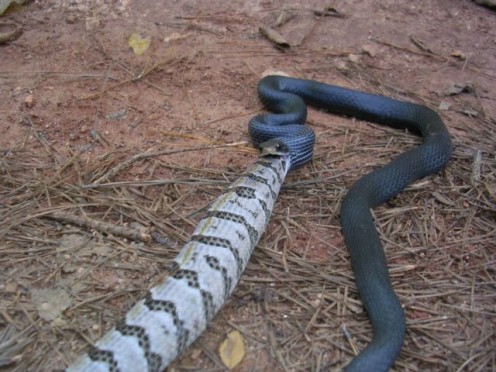


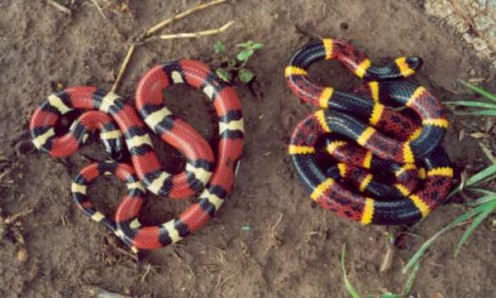
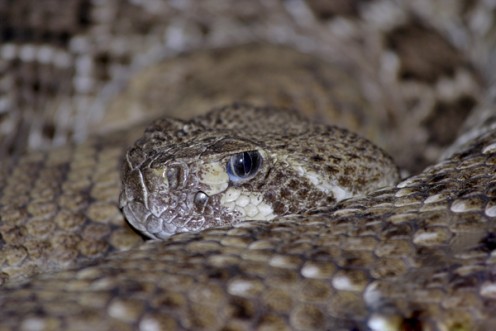
In the third chapter of Genesis, God cursed the serpent for deceiving Adam and Eve into eating of the tree of knowledge. Since that time, the serpents, or snakes have been given a bad rap. People have been killing snakes for millennia simply because they are…snakes.
The sudden visage of a snake on a trail or in your yard or house evokes sudden fear and panic. The first thought most people have is “it’s going to bite me and then I’m going to die.” So naturally they go by the pessimist’s golden rule, which is “Do unto others before they do unto me.” So they kill the snake before it kills them. Nine times out of ten it is not poisonous.
Let’s look at the big picture. There are four different species of poisonous snakes here in North America: These species are the Rattlesnake, Cottonmouth Moccasin, Copperhead and Coral Snake. The Rattlesnake has several subspecies including the Eastern and Western Diamondback, Pygmy Rattlesnake, Timber Rattlesnake and Mojave Rattlesnake. All of these snakes, except for the coral snake are Pit Vipers.
Pit Vipers have a distinct triangular shaped head, cat-like eyes with vertical pupils and generally are stockier in appearance with a thin neck in contrast to the body. The body can appear to lie flattened against the ground when crawling. They are not constrictive by nature and rely on their venom to immobilize their prey. They are in fact highly toxic and deadly.
The Coral Snake, found mainly in the South Eastern US is a highly toxic snake as well, but with round pupils and a slender head, whose appearance mimics that of a king snake. The red, yellow and black bands that decorate its body are a clue to identifying this critter. “Red touches yellow, kill a fellow, yellow touches black, stay back.” The yellow bands alternate between the red and black bands.
But with that being said, the number of non-poisonous snakes in North America, and on the planet, far outnumber the poisonous ones. The chances of coming across a poisonous snake in most areas of the country are pretty slim, but it does happen.
But these critters, as all critters on this planet, have a purpose for being here. Snakes, as well as other reptiles are very beneficial to the control of insects like roaches, locusts, grasshoppers and even small disease carrying mammals such as mice and rats. Many non-poisonous snakes will actually kill and eat the poisonous ones. Here in the Southeast, it is not uncommon to see a king snake trying to swallow a copperhead.
I recently spoke to a man that lives down the road from me here in the Southern Appalachians. He asked me if I had ever seen a “chicken snake”. Knowing that the locals are constantly making up names for things like snakes and insects, I asked him what the snake looked like. “It was black with a yellow ring around his neck.” I immediately recognized that as a Northern Ringneck snake. I explained to him that they are somewhat rare and are beneficial to the local environment for insect and rodent control.
He replied “I saw him in my driveway and I stomped his head. I hurt my foot in the process.”
I had feelings of schadenfreude toward his foot, and up to this point I had a good measure of respect for this man, but that respect was instantly dashed upon the rocks.
“I don’t care for snakes.” He went on, “There is no good snake out there, and any snake that I find on my property is a dead snake. Any of these people that think snakes can be beneficial are just ignorant and stupid.”
God doesn’t create anything that is not beneficial to His planet.
The key here is education. As far as snakes go, the world is wallowing in ignorance. Educate yourselves by studying and reading about the identification and habits of all snakes in your area. And if you find a poisonous snake, there is no need to kill it if it is not an immediate threat to you, your pets or your family, but don’t endanger yourself either. A rattlesnake can put you down quickly. Call a law enforcement officer, animal control or other professional.
A non-poisonous snake can look like a poisonous one, like the king snake and the coral snake. A nearby elderly couple called me one day and said that there was a huge copperhead in their garage. My son and I went over to find it, and when we did, it was viciously attacking the broom we had and the poles we tried to extract it with. It was fat and solid, but when it was finally subdued, I realized it was not a copperhead, but rather an old, fat corn snake, a perfectly harmless and beneficial species. We carried it into the woods and let it go.
The bottom line here is to think. Use our brain. Educate yourself, become knowledgeable about your environment before you act to destroy it because of your own ignorance.
Food for thought: Did you know that if there were no more bees, that life on this planet would cease to exist in as little as 5 years?
Think about it.
©2016 Del Banks

